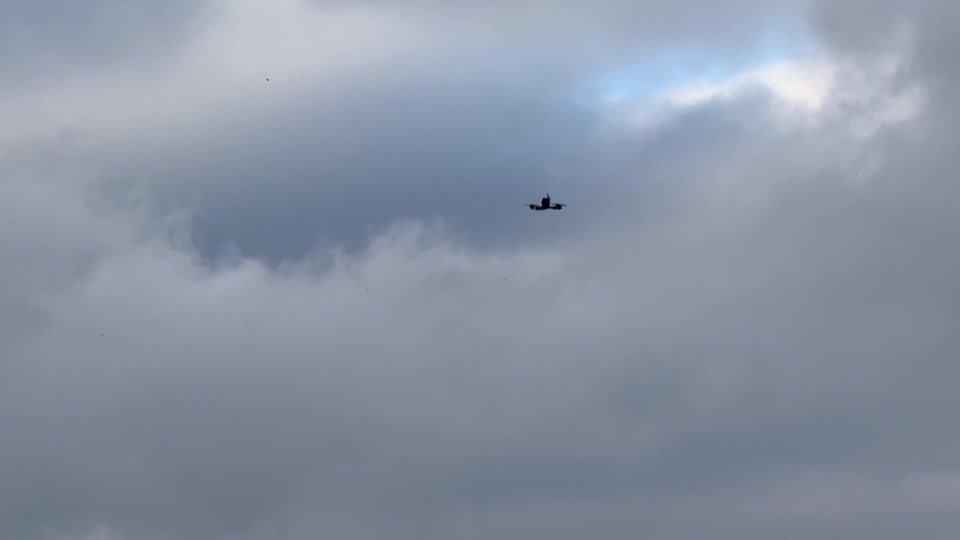STORY: Ukraine’s armed forces have spent three years learning how to wage a modern drone war.
And the country’s top drone commander says it’s a kind of combat the armies of NATO are not yet prepared to fight, and need to be.
“From what I see and hear, not a single NATO army is ready to resist the cascade of drones now.”
Colonel Vadym Sukharevskyi says Ukrainians have watched drone warfare advance in leaps and bounds.
Over the course of three years since Russian forces invaded, Ukrainians have been forced to learn both how to use drones to counter Russia’s overwhelming advantage in manpower, and how to confront barrages of so-called ‘suicide drones,’ carrying explosive warheads, launched at their cities and critical infrastructure.
In an uneven fight, Ukrainian forces have used drones to pinpoint enemy positions, and foil their ambushes.
“If it had not been for drones, everything would have been a lot worse. Drones are the tool which allows us to give an asymmetrical response (when) the enemy is larger, stronger and on the attack; and he doesn’t value his soldiers’ lives.”
But Russia’s use of drone warfare has shown just how difficult it can be to stop an enemy with an armada of cheap and deadly unmanned aircraft.
Russia has deployed variants of the long-range Iranian-designed Shahed drone, which carries an explosive warhead.
A Shahed can cost tens of thousands of dollars. But an interceptor missile to shoot one down can cost ten times that.
“It’s just elementary mathematics. How much does a missile that shoots down a Shahed cost? And how much does a Shahed cost? And how much does it cost to deploy a ship, a plane and an air defence system to fire at it? A Shahed drone is not a solution for all difficulties, it’s not a dogma. There will be tens or hundreds of such drones, and it will develop because of this war.”
Russian attacks on Ukraine, often numbering more than one hundred drones, have become a regular occurrence.
On Wednesday, residents of the city of Odesa were bombarded by a Russian drone attack.
One woman, who gave only her first name, said more and more of the drones were getting through the air defenses.
“In the beginning of the war more drones were being shot down. It has been scary, but we felt like we were protected. Now they were falling on our heads like flies! They exploded around the house. Our house was completely blown out. One of the Shaheds hit the house directly.”
Colonel Sukharevskyi’s warnings come as some NATO members in Europe ramp up defense spending to prepare for war, should the Ukraine conflict drag on or escalate.
With U.S. support for Ukraine and Europe wavering, those efforts have intensified.
